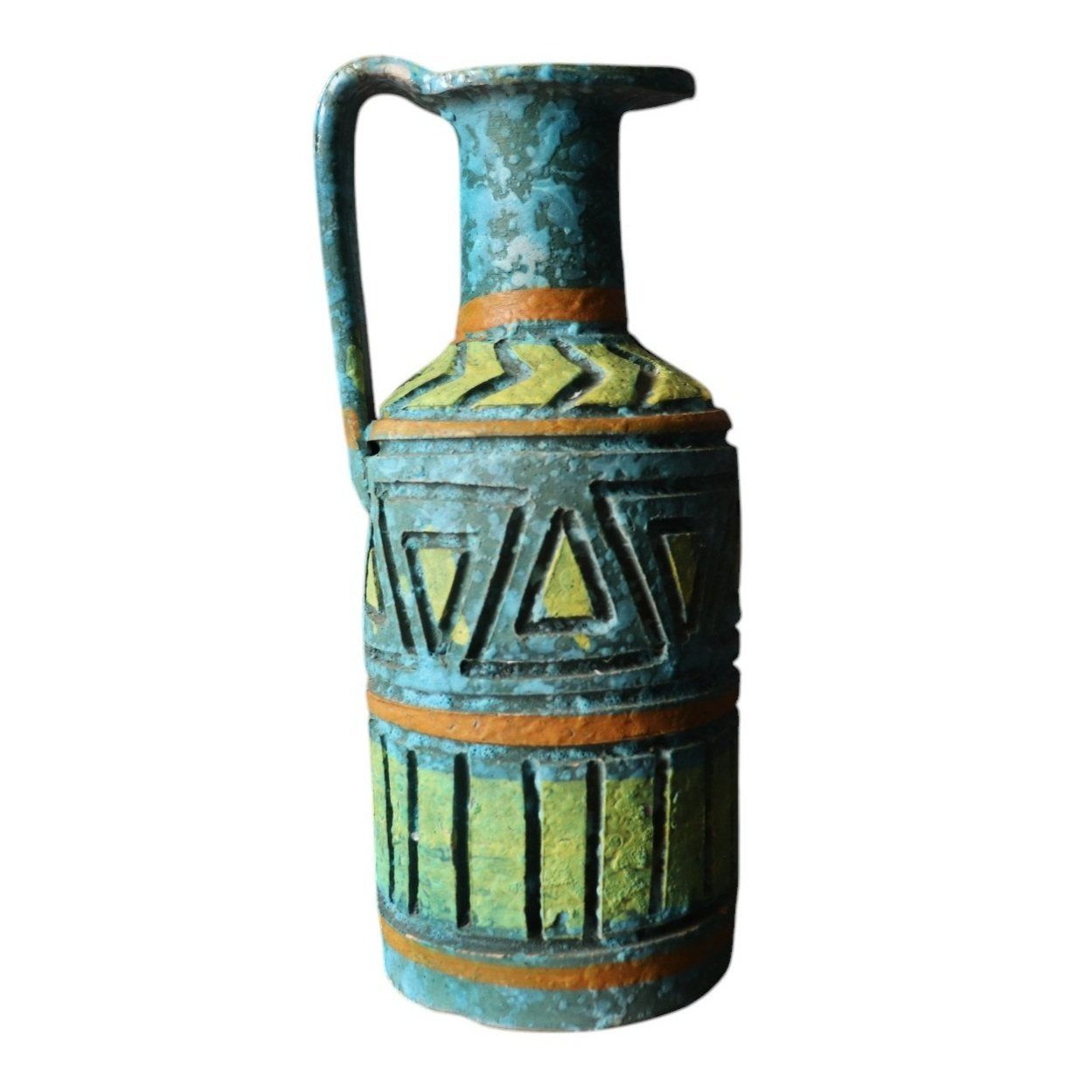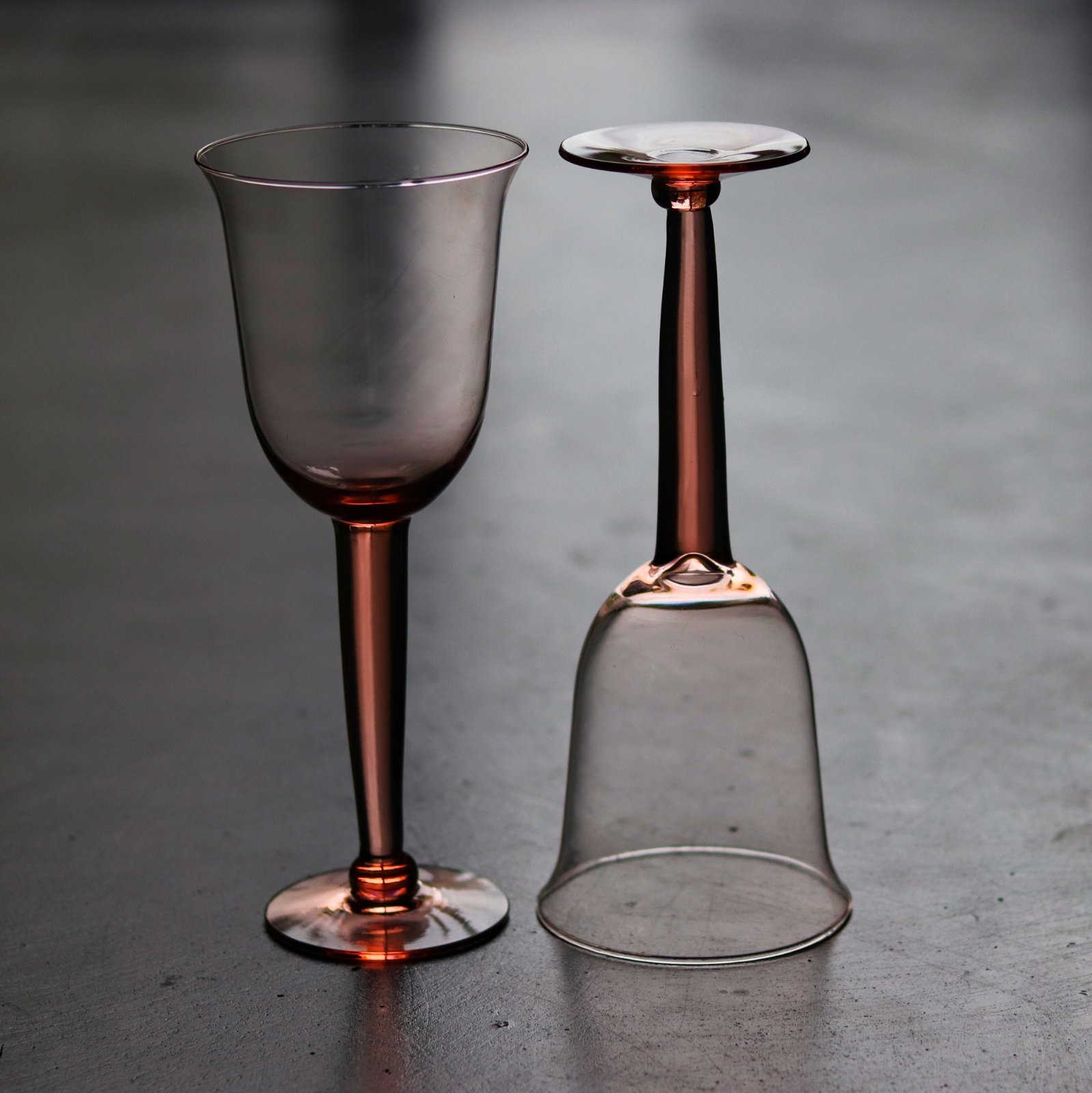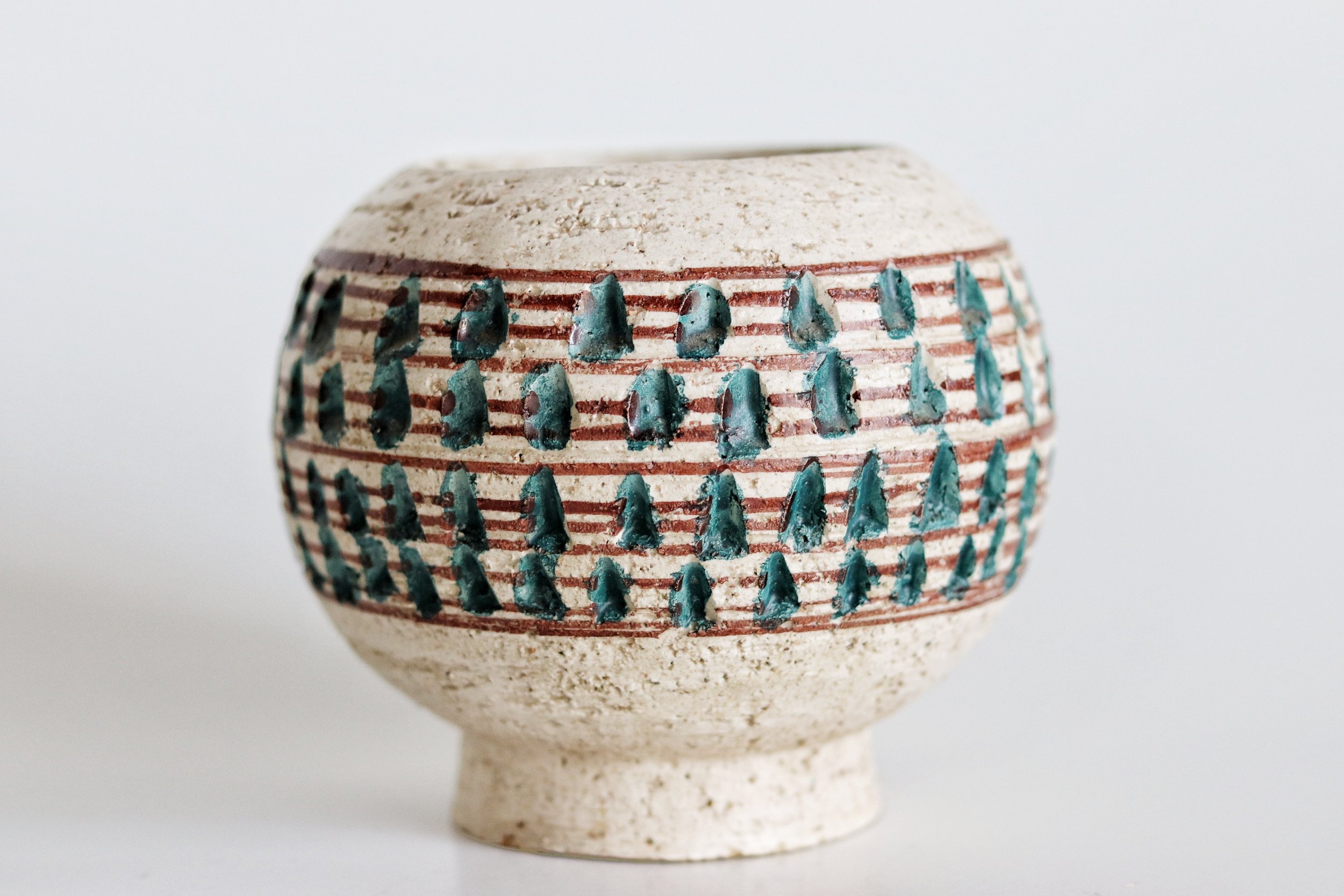Rediscovering the past and making it uniquely yours
There is something understatedly intentional about styling one's life with vintage pieces. Because vintage finds are often one-of-one treasures, there is an inherent statement in choosing them. For many reasons which we will explore, vintage collections speak to richness in a way that a modern-day point-and-click drop-ship purchase never could. Though we live in a world overwhelmed by mass-market conglomerate-produced products, they still lack the nuance we crave. The anti-influencer is building momentum on Instagram and TikTok, big box stores are being canceled by younger generations of consumers. 2025 was marked the end of the trend era, and now many of us find ourselves searching for the missing elements we can't describe. It's under the fluorescent lights of some warehouse that we are faced with a truth that we always knew was there under the surface waiting for us to acknowledge: Individuality doesn't exist in the big box aisles. You can buy a dupe, but with that, you are admitting you've been duped.
And maybe trends really are dead. But where do we go now, without the tools to choose for ourselves?
I would like to reintroduce vintage as more than an aesthetic choice—I see vintage as an act of rebellion in a world of mass consumption. Buying vintage requires thought, choice, and discernment, traits that modern consumer culture actively discourages. We are trained to seek convenience, to be overwhelmed by options, and to buy impulsively. It sucks to wake up one day and realize that you have been made a victim by some faceless entity that is studying every move we make on our devices, listening to our conversations, waiting like a reptile in shallow water for us to inch toward satiating our thirst. We all must eventually drink something. When that time comes, the ads will follow, relentlessly, between moments that we are most vulnerable —seeking connection with our loved ones, seeking inspiration, certainty, and information. The ads will be there, knowing. It sounds farfetched, but we see it every day. This time, people are kind of over it.
“I see vintage as an act of rebellion in a world of mass consumption.”
The incoming sustainable era is a pendulum swinging. What we are seeing unfold before us is a natural response from consumers to a pressure thats become too much. Choosing vintage is an intentional pause, a refusal to be sold to, and an investment in objects that evoke joy, authenticity, and history. It is realignment with craftsmanship, story, and care. The missing element has been found, and although many of us still don't have the words to describe it, we understand it. We know we lost humanity for a second there. People crave to be surrounded by things that hold truth that we can bear. Objects that have not and cannot be exploited. A growing movement holds vintage pieces up to their phone cameras like ha! a purchase I chose for myself, and the origin is not horrific. It can be done.
Buying vintage is a rebellious act of the free-thinking consumer.
Why Choose Vintage?
Modern consumerism has become a cycle of disposability. Big-box stores push mass-produced goods that prioritize quantity over quality, designed to be replaced rather than cherished. This was not always the case. When I started CLAY+CODA, it was important for me to specialize in mid-century pieces from the 1960s and 70s because, in many ways, it was the last significant era of artisan craftsmanship. Soon after, we entered an explosion of neoliberal changes in the US: deregulation, privatization, and a new emphasis on building wealth through stock trades. These ideas and principals directly equated to lower-quality, mass-produced goods produced for global trade and a new measure of what a successful business should look like.
By the 1980s, businesses prioritized shipability over longevity, profit margins over materials, and planned obsolescence over lasting quality. The ethos shifted us away from designing items that endure. Businesses were no longer incentivized to produce things that last; they were incentivized to produce things that sell, sell often, and sell to an increasing number of people. More and more commonly, the returning customer is no longer looking for additional products because they were happy with their previous purchase; they are repurchasing the same item because their initial purchase was designed to be replaced. Designed obsolescence, made to break; today, that movement is everywhere, normalized and crushing the environment with its immense weight. The 1970s was the beginning of the end for the artisan, and so the CLAY+CODA collections stop at 1975—the end of the era when artistry still took precedence over profit.
The Art of Curating Vintage into Your Life
As society embarks en masse into this new sustainable era, we are paving the path as we walk it. Many of us are still not certain what is and what is not worth our time, our efforts, and most of all, our money. Like any art, it will refine naturally with practice, lessons learned, and some experimentation, but first we must learn how to find it.
After nearly 30 years of collecting, I am still learning new ways to source pieces I love. That said, 30 years is a long time to build up some pretty nuanced tastes. For most people and individuals who are newly embarking on their coexistence with vintage, there are some basic lessons I have learned about curating vintage into my life.
Kimberli Roth’s Dining Room Photographed by Adrift A Dream
The first is to understand when vintage is the better option and when it's not. Vintage pieces stand apart because they are made to last—made with materials and natural fibers that age gracefully. If graceful aging isn't the priority in any particular item, I skip it and get the new thing. You do not need a vintage everything to be a good person, and that's the nature of our lives today. Be skeptical of anyone who puts absolutes in place. When I am in need of something that inherently loses value with any kind of use, undergarments or a toothbrush, the vintage version is not the right option. If you are going for novelty, great, but in my opinion, it's not worth it otherwise. Vintage is the right answer for me when my cost per use outmonies the cost per use of the new version. This is employed with everything: clothing, furniture, decor, architecture, cars, electronics, and other machinery that can be repaired if they break.
For example, let's say I have two options: a new sweater and a vintage one. Both are cashmere. I will take into consideration the thickness, the origin, the travel from the manufacturer to me, the way the maker was treated, the cost, and then how many uses I will likely get out of that piece, the cost of any potential repairs. 100 wears for a $30 vintage sweater that will be worth $60 when I sell it back into the circular economy versus a $60 new sweater that I get 10 wears out of before the seam starts twisting and coming apart and is only worth $25 when I sell it someday (yes I know we don't all resell but never say never). 100% of the time the vintage option is the better option. This mental practice will start revealing some pretty wild insights into the true value of your purchases when you look into other categories of things as well; these considerations are not just for clothes.
The second major lesson in curation is learning to decipher an object from an objet d'arts. Something that is made to work versus something that is made to work beautifully. The difference between a piece that is functional versus a piece that is functional and has artistic value. Some pieces are richer in character, sparking conversation and admiration throughout time. There is something in us that can understand attention to detail in an object made by human hands; even decades later, we realize and respect when a person has taken the time and effort to hand-stitch a finish, employ thoughtful engineering, or add hidden design elements that were created for the user to experience a sense of discovery. These items are not simply to be taken at face value for their function; their form must also be considered. Art from artisans, craft from craftsmen, these are the things that were found commonly back then that we cannot get today without going directly to a modern artist. Your appreciation for certain works and your personal tastes can treasure seemingly mundane objects, and that is ok. Sometimes, we care very much about something, and we don't have to explain why. Art is like that. The important thing is that your appreciation for that object comes from within you and is not being told to you. Needing to own the 100-year-old hand-carved wood mirror with shell inlays is not the same as needing to own the viral Anthro mirror with the machine-stamped gold filigree. This is where items for surviving stop and items for living begin.
“Sometimes, we care very much about something, and we don’t have to explain why. ”
There is art to collecting vintage because there is art in it. We collect pieces that resonate with us, and those evolving curations are the amorphic gallery that represents our values, our habits, and our priorities.
A New Perspective on Shopping
Have you ever questioned why you buy what you do? Are you fully aware of who influences your purchasing decisions? If you’ve never physically interacted with a product but still feel compelled to own it, how did it get into your mind? Modern marketing is designed to create desire, but choosing vintage allows you to take back control. It challenges you to seek pieces that align with your values and aesthetics rather than simply reacting to ads. In a way, this style of shopping is opting out of the consumer cycle altogether and reclaiming your mind space. I personally love watching commercials as someone who is very firm in knowing that I’ll never buy what they are selling. When you shut off the valve to your impulses, marketing starts revealing itself in entertaining ways. It starts sounding stupid, desperate even, and you start seeing the irony of it all. Then, after a time, a new phase will emerge, and you begin to wonder, who falls for this? Who is watching this and thinking yes, that's good, I'll get that. When you start to see marketing messages and find them laughable, I think that is when you can confidently say that you have reached the free-thinking consumer stage.
Today, vintage isn’t just about nostalgia—it’s about freedom. Freedom from the endless churn of consumption, freedom to express yourself in a way that’s deeply personal, and freedom to coexist with objects that bring joy, meaning, and beauty into your life.
So, where do you begin? The journey to discovering your personal style always starts with exploration and learning to articulate what is important to you. Expose yourself to new things and allow yourself to fall into rabbit holes. Take some time to learn how things work and how things are made. Before you know it, you can appreciate when things work well and identify when things are made well. Take a moment to learn where different materials come from and why they are used. Flip through old media, obsolete media, magazines, and old movies. See ads drawn by humans. Learn about different movements and moments from history. Start influencing yourself. The more that you indulge in this practice and the more educated you become, the more you discover what truly speaks to you. Your true likes and dislikes will emerge, and your tastes and your personal nuance will refine. These are your choices, and there are no wrong ones. You will like what you like. You can care very much about one thing and very little about another. Those ebbs and flows, pushes and pulls are yours alone, and they cannot be replicated. Then, like magic, some of these one-of-one treasures will attract your one-of-one style. And maybe trends really are dead, but that wouldn't matter because you weren't dependent on them to define you.
Coexisting with vintage isn’t about recreating the past—it’s about rediscovering it and making it uniquely yours.






